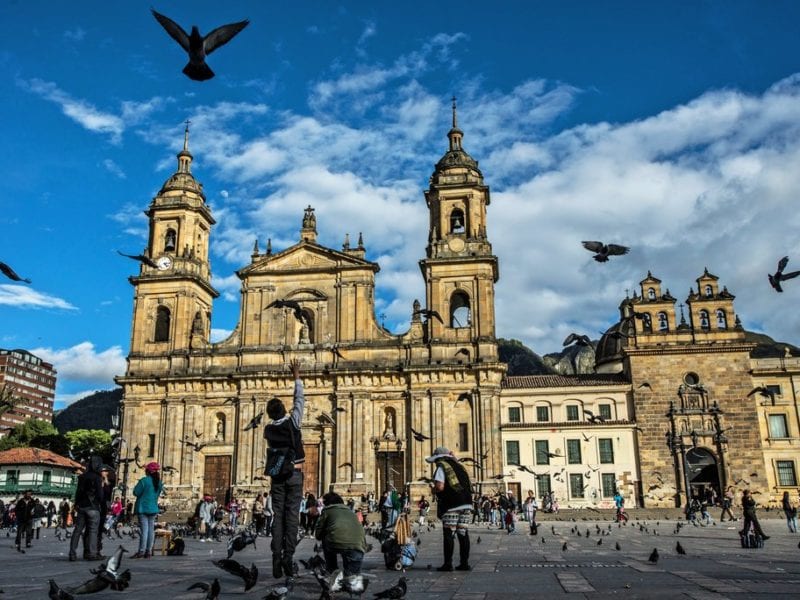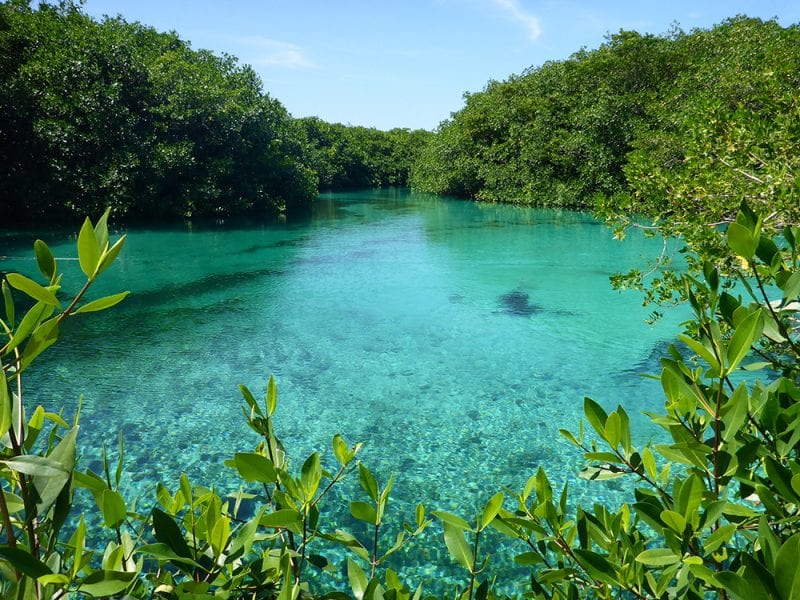
Villa de Leyva has been recognized for many years as a historical-cultural center of great tourist importance, its colonial legacies are obvious and undoubtedly the archaeological and paleontological findings speak of the great indigenous settlement and indelible traces of the Jurassic and Cretaceous respectively.
But perhaps there are very few who have paid attention to its natural component, thanks to which the entire valley has had a leading role of the first order, that variety of landscape speaks of countless ecosystems ranging from jungle enclaves of dry type, cloud forests, extensive oak groves, deep canyons, xerophytic areas (deserts), to the top of its mountains where we can find the lush and imposing paramo, with many glacier type lagoons.
All these sites offer us the possibility to travel in a short time and space a great part of the Colombian ecosystems; and this is something that can be potentialized in terms of true ecotourism and environmental education.
Currently the trends of world tourism place cross country activities in natural areas as one of the most requested, this is how we see the large number of ecotourism plans that are offered day by day without major regulations just to meet a growing demand. And is that to offer a real ecotourism is not an easy task, it is required in the first instance to know what it is and what this valuable activity really means.
Perhaps one of the most accepted definitions and endorsed by the IUCN (World Conservation Union) is that of Cevallos-Lascurain (1991), he says: “That environmentally responsible tourism modality consisting of traveling or visiting natural areas relatively undisturbed in order to enjoy, appreciate and study the natural attractions (landscape, flora and wildlife) of such areas.
As well as any cultural manifestations (of the present and the past) that may be found there, through a process that promotes conservation, has low environmental and cultural impact and encourages an active involvement and socioeconomic benefit of local populations.
It is important to highlight in this definition the responsibility that must be assumed when visiting the areas proposed as ecotourism in terms of conservation, low environmental impact and respect for the regulations present there,
Which must come and be planned in the first instance by the central or local government who under a series of strict studies on environmental impact, viability, development and sustainability must define the areas to be declared as ecotourism and propose and demand the basis for their management ensuring future conservation.
Once the areas and their regulations have been defined, the directors of national parks, private reserves, property owners or the like must manage these sites in such a way that they do not exceed the defined carrying capacity and endanger the stability of the ecosystems involved.
It will be their function in common agreement with the local government to provide the necessary information to visit these areas, to print their rules, to optimize the trails, to carry out the respective signposting with signs strategically located, to adequate system of baths and garbage collection and of course to help to respect and to take care of the nature using continuously tools as the environmental education and of course the ecotourism.
In this sense one of the most important steps in the design of ecotourism both in the early stages and in its development, is the environmental education that in one way or another these two become synonymous with recovery, preservation and conservation.

Environmental education should be provided at all stages and at all levels involved from government directives to peasant owners of properties in areas of tourist interest or agricultural production.
The way to do this will be through workshops, courses, field trips, visits to the proposed sites and any educational means to fill the gaps of all entities involved, this will ensure an optimal level of information with a high degree of awareness and sensitization to natural resources.
In a second plane enter the tour operators and / or travel agency operators who are primarily responsible for selling or offering a series of tourist packages (directly or to hotels), they should be informed of the regulations of each site and ask owners or managers what is prohibited and accepted within their areas.
They will transmit this information to the guides, eco-instructors, park rangers and finally to the tourists, who receiving this valuable information will learn and then help in all the processes of environmental education and surveillance of the chosen areas.
Thus we see that talking about ecotourism is not an easy task and requires effort, commitment and willingness to carry out one of the most profitable economic processes that excite today. We cannot continue to talk about ecotourism when in reality the famous “pot rides” masked by ecotourism are carried out and promoted.
Villa de Leyva and its surroundings have shown to have invaluable potential in ecotourism, unfortunately there has not been an adequate design and management of the sites in recent years. It has become customary to receive the money products of these activities without investing in any type of infrastructure or environmental education. Today there are several places in a critical and lamentable state.
Paradoxically, they are being promoted within the so-called “Dinosaur Circuit”, which without an adequate management of corrective type on what has already been done will lead not only to a short-term collapse of this nascent economy but also to a collapse of natural resources, affecting the agricultural economy, livestock, further increasing the water crisis and therefore increasing the process of desertification of the entire region.
An example of these problems is the complex of waterfalls La Periquera, where abuse and over exploitation of tourism are at risk in the basin, the oak forests are increasingly scarce product of indiscriminate cutting by campers who use adults and juveniles of oaks (Quercus humboldtii) and rubber (Clussia multiflora) for fuel for their fires;
Contamination of water by fecal feces (downstream) due to the non-existence of bathtub batteries, and of course the accumulation of garbage, especially cans, bottles and plastic, consciously forgotten by the tourists themselves.
Other sites deserve attention such as El Paso del Angel, its spectacularity places it in eminent and rapid risk of deterioration to attract a large number of people, there is no informative or preventive signage. In the Quebrada la Honda, oak and other fine woods are still illegally deforested and it is common to find clearings of forests and roadside areas with sawn wood waste.
This is a small sample of the existing problem, which will be aggravated without an adequate management plan and responsible ecotourism, especially if the planned only tries to attract a large number of people in what is called “Mass Tourism”.
To think of ecotourism is not only to think of filling the trails with dozens of guided groups such as flocks of sheep, which in their wake leave a carved mark that not even time can erase. Nor is it to think of printing fantastic informative brochures with photos of exuberant jungles and waterfalls without equal, which will only be printed in the memory.
To think of ecotourism is not to make an unprecedented investment in advertising without having invested a single penny in the recovery and conservation of the sites. To think of ecotourism is not only to invest in road infrastructure for easy access to large buses crowded with tourists who arrive at sites without information and delimitation which leads to an indiscriminate use of these sites.
Definitely that is not ecotourism and we are very badly headed if we only think of a fallacy where there is so much at stake, and where a whole region looks favourably on another dignified and sustainable way of living in harmony with nature.
